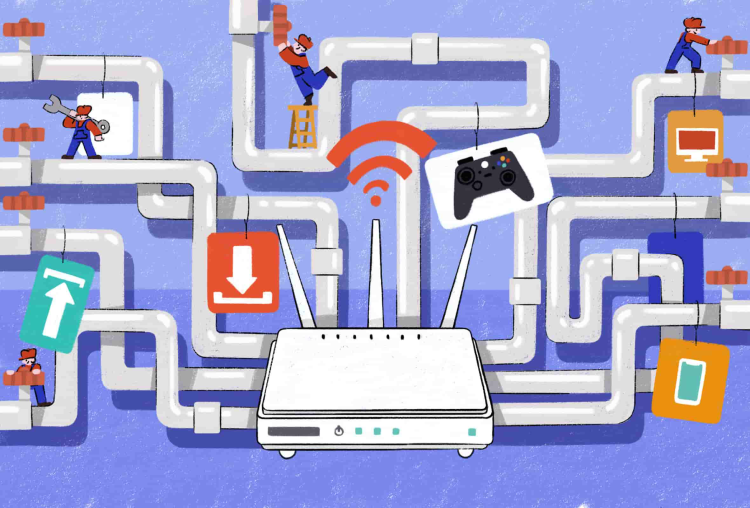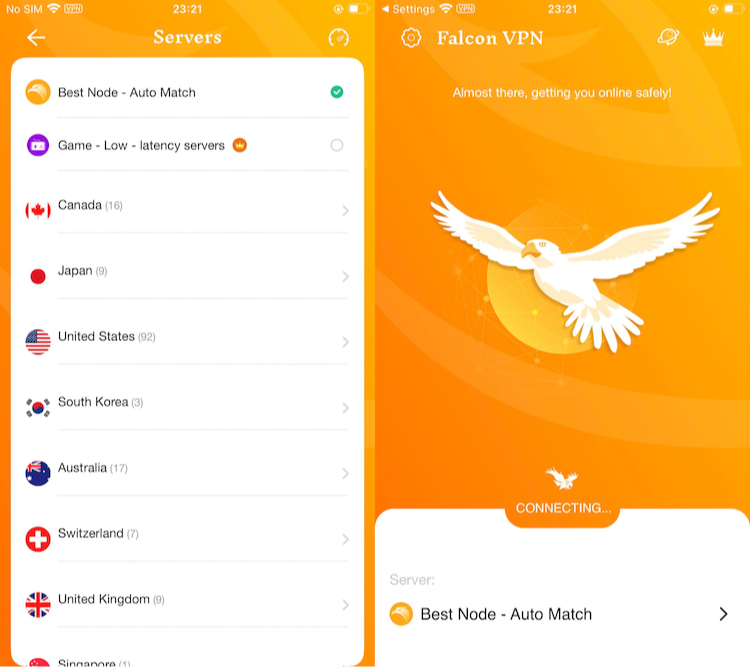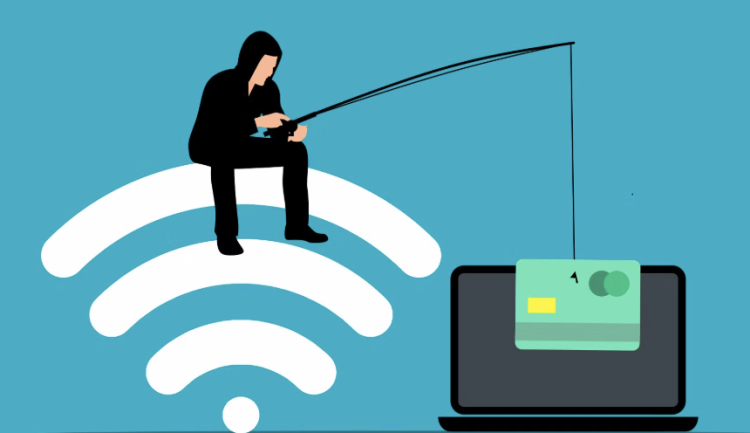Ever wonder how your internet data slips past prying eyes while using a VPN? The secret lies in VPN ports. Think of your router as a busy harbor, with ports serving as entry points for your data. For a VPN to protect your browsing, certain ports must stay open, enabling information to move securely between you and the VPN server.

What Are VPN Ports and VPN Numbers?
A VPN port is a virtual access point that a VPN protocol uses to create a secure connection between your device and a VPN server. The traffic passing through these ports is shielded by encryption, making it safe from eavesdroppers.
When people ask, “What is a VPN number?” they're usually referring to these specific port numbers that different VPN protocols use to communicate.
Common VPN Numbers and Their Uses
Here’s a handy table outlining common VPN numbers and the protocols they support:
| Port Number | Protocol | Transport Layer | Use Case |
|---|---|---|---|
| 1194 | OpenVPN | UDP | Default port for OpenVPN |
| 443 | OpenVPN/HTTPS | TCP | Secure web traffic & VPN |
| 500 | IPsec/IKEv2 | UDP | Secure IPsec connections |
| 1723 | PPTP | TCP | PPTP VPN connections |
| 51820 | WireGuard | UDP | WireGuard default port |
The exact port often depends on the VPN protocol, though users have the option to customize them if needed. Knowing which port to use or avoid makes a real difference in online security.
How Do VPN Ports Actually Work?
VPN ports act as digital tunnels. When you connect to your VPN, your device sends data through a port reserved for encrypted communications. This data then travels through your firewall, router, and other network devices, finally reaching the VPN server you chose.
The port provides a clear path, ensuring your online activity remains hidden from hackers or data snoops.
🛡️ Example: If you’re using the best iPhone VPN, you might find it prefers certain ports based on security and speed. Some protocols like WireGuard use 51820 UDP by default, balancing both speed and encryption.
Why Are There Different Port Numbers for VPNs?
Every device on the internet has a unique IP address, but ports exist for specific tasks happening within that device. Think of your IP address as an apartment complex and the VPN number (port number) as the apartment number where data needs to go.
Different online activities (like browsing or file transfers) use different ports. For instance, the transmission port closed VPN setup can intentionally restrict access to prevent certain data from flowing in or out, improving safety or complying with specific policies.
Types of Ports Used by VPNs
A VPN can use various ports, depending on the protocol it’s operating with. Consider a VPN service that uses the OpenVPN protocol. Its open-source nature means it’s constantly reviewed and updated to patch vulnerabilities quickly.
To make sure such a VPN functions seamlessly, the following ports should be open:
OpenVPN-Compatible Ports
-
1194 UDP
-
443 TCP
Other Common VPN Protocols and Their Ports
| Protocol | Required Port(s) | Transport Type |
|---|---|---|
| PPTP | 1723 TCP | TCP |
| L2TP | 1701 TCP, 500 UDP, 4500 UDP | TCP & UDP |
| IPsec | 500 UDP, 4500 UDP | UDP |
| SSTP | 443 TCP | TCP |
| OpenVPN | 1194 UDP, 443 TCP | TCP & UDP |
| WireGuard | 51820 UDP | UDP |
How to Start Using Falcon VPN (Optional for Beginners)
If you're looking to explore VPN ports in action and want a reliable way to protect your traffic, trying out a VPN like Falcon VPN is a great starting point. It's designed for users who want speed, encryption, and ease of use—all without dealing with complicated setups.

- Get the VPN App
Head over to FalconVPN and download the appropriate version for your device. - Complete Installation
Open the downloaded file and follow the prompts to install the VPN app on your device. - Open the VPN App
Launch the app after installation. Select your preferred server location. - Connect to Secure Your Internet
Hit the “Connect” button to encrypt your connection and protect your online activities.
What Is Port Forwarding?
Port forwarding lets internet devices communicate with services on your internal network through specific ports. While helpful for gaming or file sharing, it introduces risks.
Unprotected port forwarding may expose your devices to cyber threats. Some VPNs, like the one mentioned earlier, avoid any form of port forwarding by default, sealing off unnecessary ports to strengthen user privacy.
Which Ports Should You Avoid in a VPN Setup?
No port is inherently 100% secure. Security depends on how the service using the port is configured and maintained. Widely used VPN ports are typically protected by strong encryption and regular updates.
However, poor configurations or outdated software can make even standard ports vulnerable. Here’s how to stay safe:
-
✅ Keep all VPN-related services updated
-
✅ Only open ports you actually need
-
✅ Review router and firewall settings regularly
-
⚠️ If your transmission port closed VPN configuration blocks needed data, double-check that critical ports aren’t mistakenly restricted.
Why Choosing the Right VPN Matters
Your privacy and security come first, so do your homework before selecting a VPN. A reliable VPN should offer extensive port compatibility, solid encryption, and flexible configurations.
For example, a VPN with a network of 7,600 servers across 118 countries can provide great coverage, but what matters more is how securely it handles VPN ports and protects your data.
Whether you’re looking for a VPN for Android or one suited for desktop or mobile gaming, make sure your chosen service provides:
-
Support for modern protocols like WireGuard (default port 51820 UDP)
-
Customizable port settings
-
Clear documentation about which ports are used or blocked
🔍 FAQ: VPN Ports and Configuration
What are VPN ports, and why do they matter?
VPN ports are digital channels that allow encrypted data to travel securely between your device and a VPN server. Choosing the right port ensures smooth and secure VPN connections.
What is a VPN number?
The term VPN number typically refers to the port number used by a specific VPN protocol, such as 1194 for OpenVPN or 51820 for WireGuard. These numbers determine the entry point for encrypted data.
What is the WireGuard default port?
The WireGuard default port is 51820 UDP. It's chosen for its balance between speed and security, making it ideal for modern VPN users.
Why does my VPN say "transmission port closed"?
If your VPN says transmission port closed, it means the port needed for a specific type of data transmission is blocked. This can interfere with VPN functionality and should be checked in your firewall or router settings.
Should I use TCP or UDP ports for my VPN?
It depends on your needs. UDP is faster and ideal for streaming or gaming, while TCP is more stable and reliable, especially in restrictive networks. OpenVPN, for instance, supports both 1194 UDP and 443 TCP.
Can I change my VPN port?
Yes, many VPN clients allow you to customize which VPN port your connection uses. This can help bypass firewalls or improve performance, especially if the default ports are blocked.

John Miller is a tech enthusiast and online privacy advocate with over 8 years of experience in VPN and cybersecurity. He writes expert guides to help users navigate VPN options, enhance their online security, and protect their privacy on the internet.



